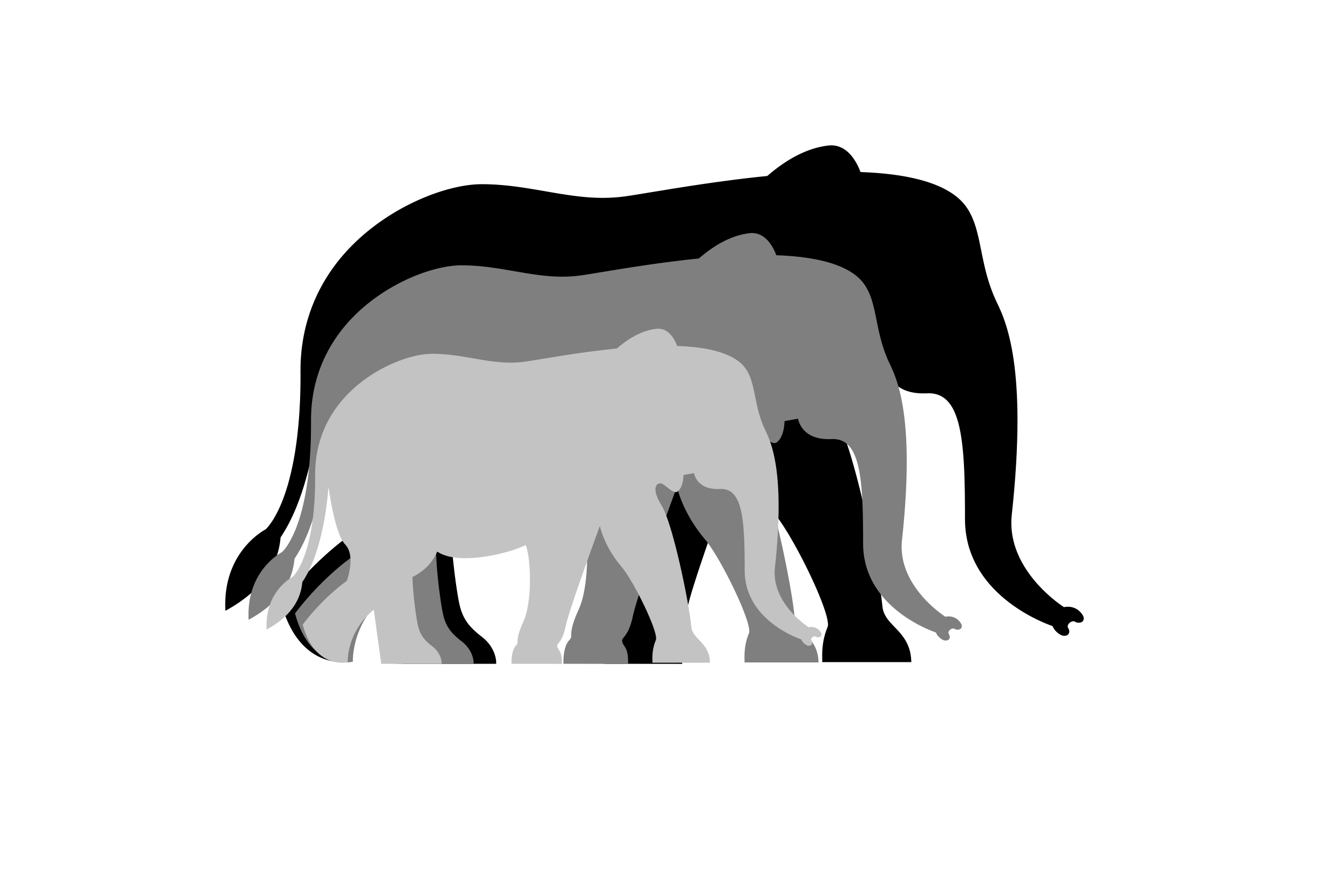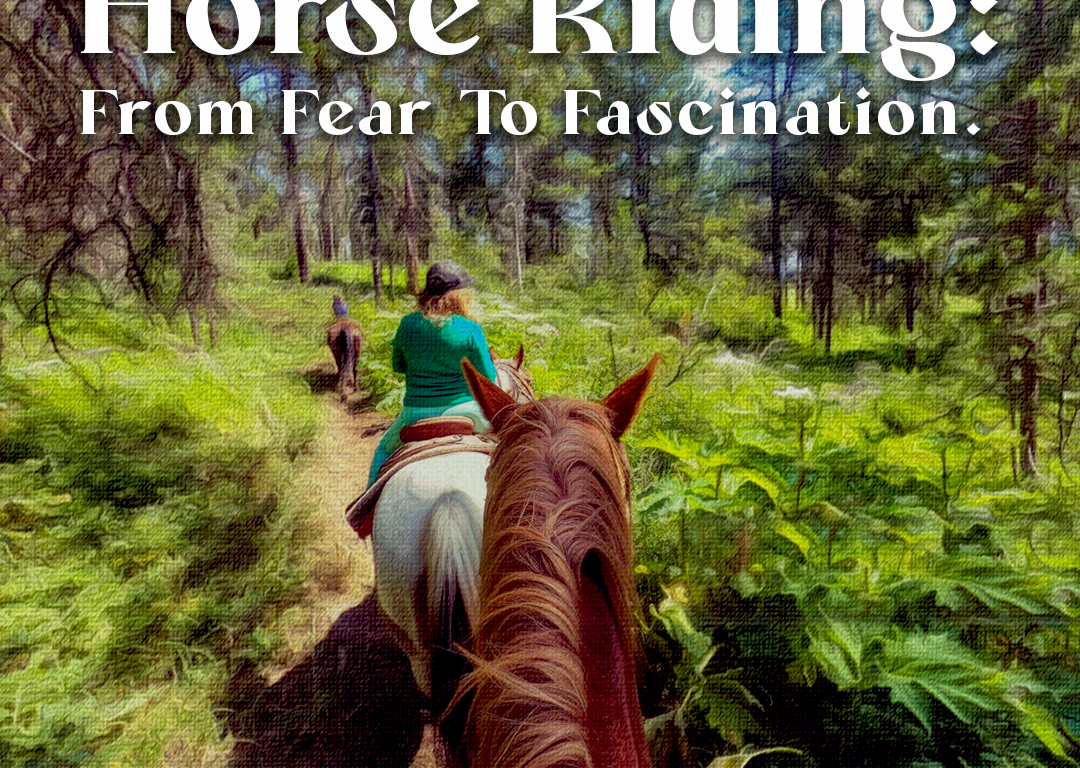After an exhausting three-hour jeep ride, we arrived at the base camp. Refreshed, we found ourselves compelled to take horses for the journey ahead after the locals declared it impossible to reach our destination without them. We reluctantly accepted the necessity of horses, feeling it was a blow to our fledgling hiking reputations.
As I mounted the horse, fear washed over me. Naturally, I trusted my legs more than those of a non-verbal animal. It was clear that the ride would be faster, but as they say, speed thrills but kills.
The terrain was treacherous, featuring slippery glaciers, threatening slopes, and puddles. The horses, however, moved effortlessly on the glacier, debunking my assumption that their hooves might slip on the ice. As we approached the muddy slopes, the horses instinctively moved to the mountain’s brink to avoid the puddles. Terrified that the horse might make its way down the valley, my heart pounded incessantly until the very last moments when it would turn and safely navigate ahead.
Initially intimidating, these moments quickly transformed into an exhilarating adrenaline rush. I went from tightly gripping the saddle to capturing the breathtaking scenery on my phone. The positive energy was palpable as my horse started running, and from being the last in the caravan, I soon found myself leading it till the end of the journey.
The experience was truly magical—mesmerizing views, a chilly breeze, and the rhythmic sound of water. It felt like stepping into scenes from Narnia. The horse ride profoundly demonstrated the ability, presence, and intelligence of these majestic mammals. Fascinated, I felt compelled to delve into the world of horses to understand the spell they had cast on me.
Reflecting on my journey, I realized how integral horses have been to human history. Horses have always surrounded us—whether in cartoons, as pieces on a chessboard, or as major players in history—they symbolize extravagance and power. Horses have played pivotal roles in historical events. Before domestication, they were valued for their meat and hide. Gradually, the bond between humans and horses blossomed, and horses became vital for farm activities, warfare, and transportation. Attributed to their fast speed, they were essential in conquering new areas and showcasing strength in war. The horse became a metaphor in literature and art, with people even having entire collections based on the creature!
Horses were and continue to shine as remarkable creatures, especially because of their close connection with humans due to similar behavior. They are inherently social creatures, who tend to stay in herds following a hierarchy to avoid loneliness, which adversely impacts their psychological well-being. They form strong social bonds, allowing them to uniquely distinguish between each herd member. This social intelligence not only helps them maintain harmony but also enhances their interactions with humans.
Moreover, horses exhibit remarkable intelligence and an impressive memory, capable of recalling people and paths over extended periods of time. This cognitive ability is not limited to simple recollection; horses are good learners who adapt to situations accordingly. It was fascinating to see that when the preceding horse slipped slightly, the following horse would cleverly avoid that spot, finding a safer path. When inquiring with the caretaker, they explained that horses reliably stick to familiar paths unless directed otherwise or if they sense danger, exhibiting their awareness and responsiveness.
Riding horses evokes various emotional responses within a person. From boosting the rider’s confidence and building trust and attachment to being used as therapy for the estranged: riding creates a bond between horse and rider. In addition, it imparts one of the most important lessons: companionship. The rider cares and trusts the horse, and in return, the horse reciprocates this affection, creating a mutually enriching relationship. This bond has proved to bring positive changes to various people who have undertaken horse riding for its therapeutic abilities.
Riding is far from effortless; it serves as a foundation that bolsters mental resilience. It cultivates self-control and enhances leadership qualities. When a rider takes the reins, they must conquer their apprehensions, fostering a deep sense of confidence and self-assurance. Furthermore, critical moments on the saddle foster problem-solving abilities and the courage to confront challenges head-on. Beyond the saddle, it encourages empathy, compassion, and self-discipline through understanding and caring for their horse partners.
While horse riding offers significant emotional and mental benefits, it also demands physical exertion that contributes to overall well-being. Maintaining a centered and upright posture to prevent falls and adapting to the horse’s movements require developing strong core muscles, as well as pelvic and thigh muscles. The benefits go deeper, as it enhances coordination and cardiovascular health whilst providing a sense of relaxation post-ride due to lower heart rates. Additionally, caring for the horse, such as lifting hay bales or handling saddles, adds to the physical benefits, making horse riding a comprehensive and thorough exercise regimen.
From a personal perspective, I can affirm that horses are indeed magical creatures (quite literally, I haven’t stopped talking about them since then). Their impact is undeniably profound; ever since my experience, I’ve been trying to convince my parents to get me a horse (impossible) or at least enroll me in horse riding lessons. This connection made me realize their unique ability to reconnect us with nature, giving us a break from the artificial world, while offering countless other benefits. Not only that but as Gen Z would say: they are extremely aesthetic and lit animals. Don’t believe me? Try it for yourself. Then we’ll see who isn’t desperate for a personal horse-companion to get you through the dark (inflation-stricken) times and to explore the majestic mountains of Northern Pakistan. Inner peace? I think so.
By Annia Bilal
Managing Editor (2024-2025)

